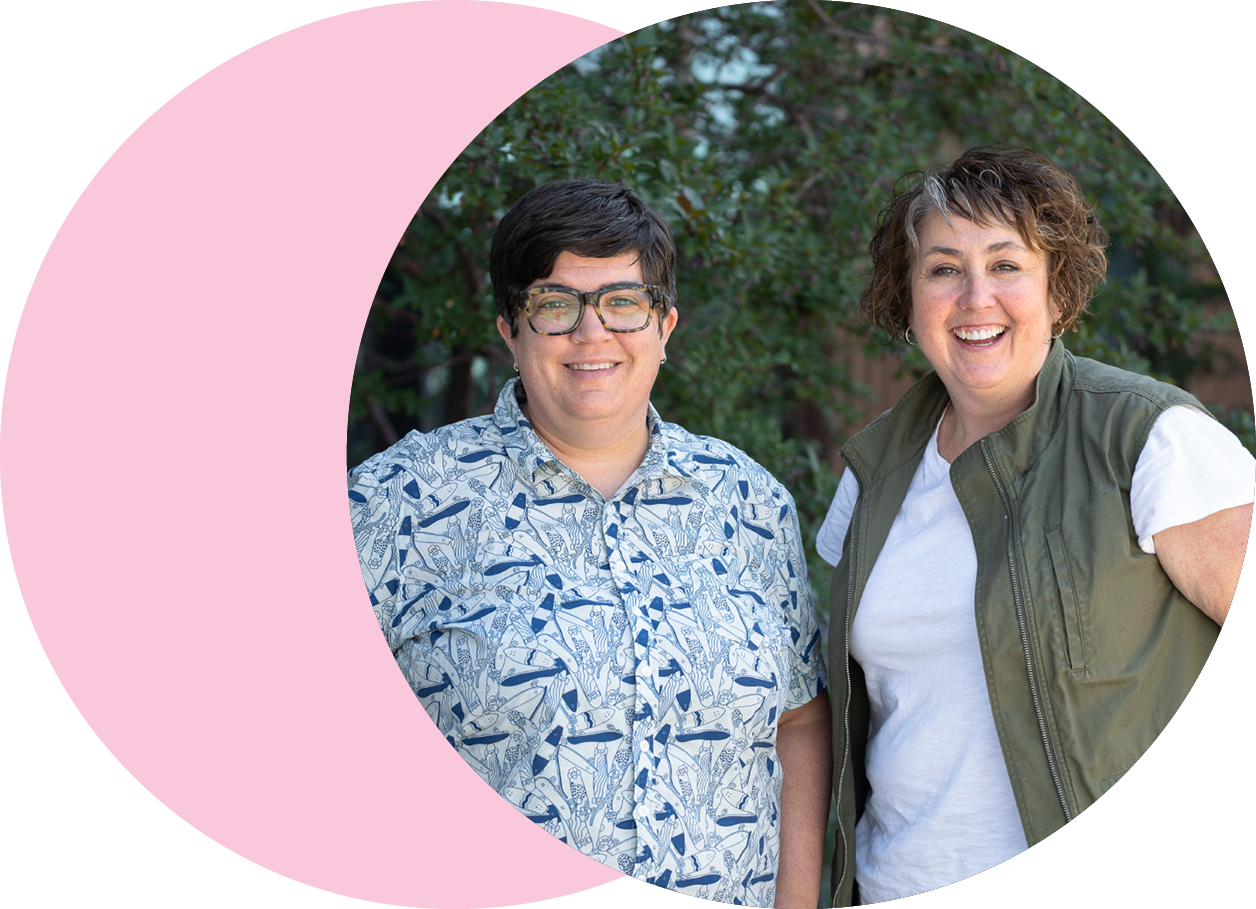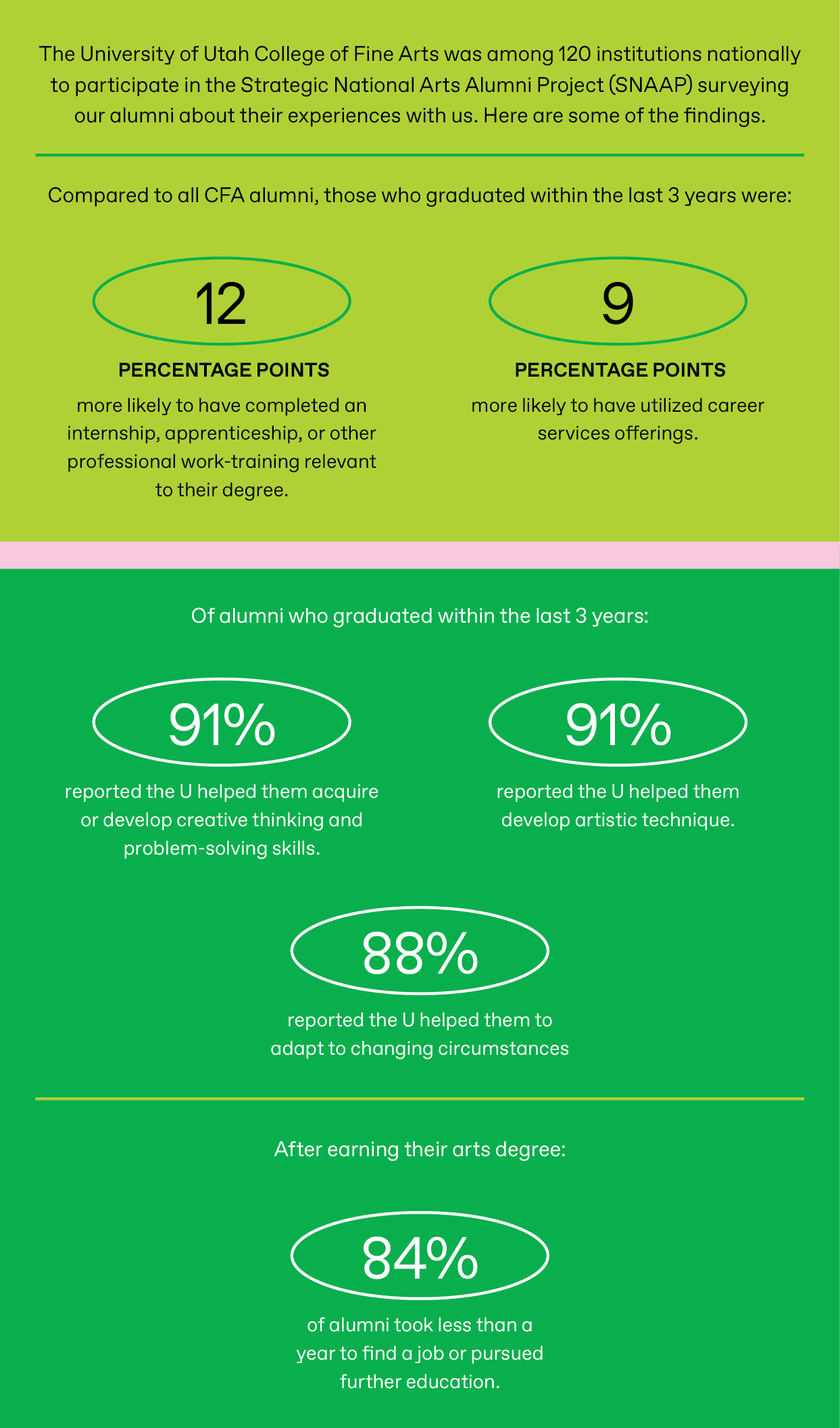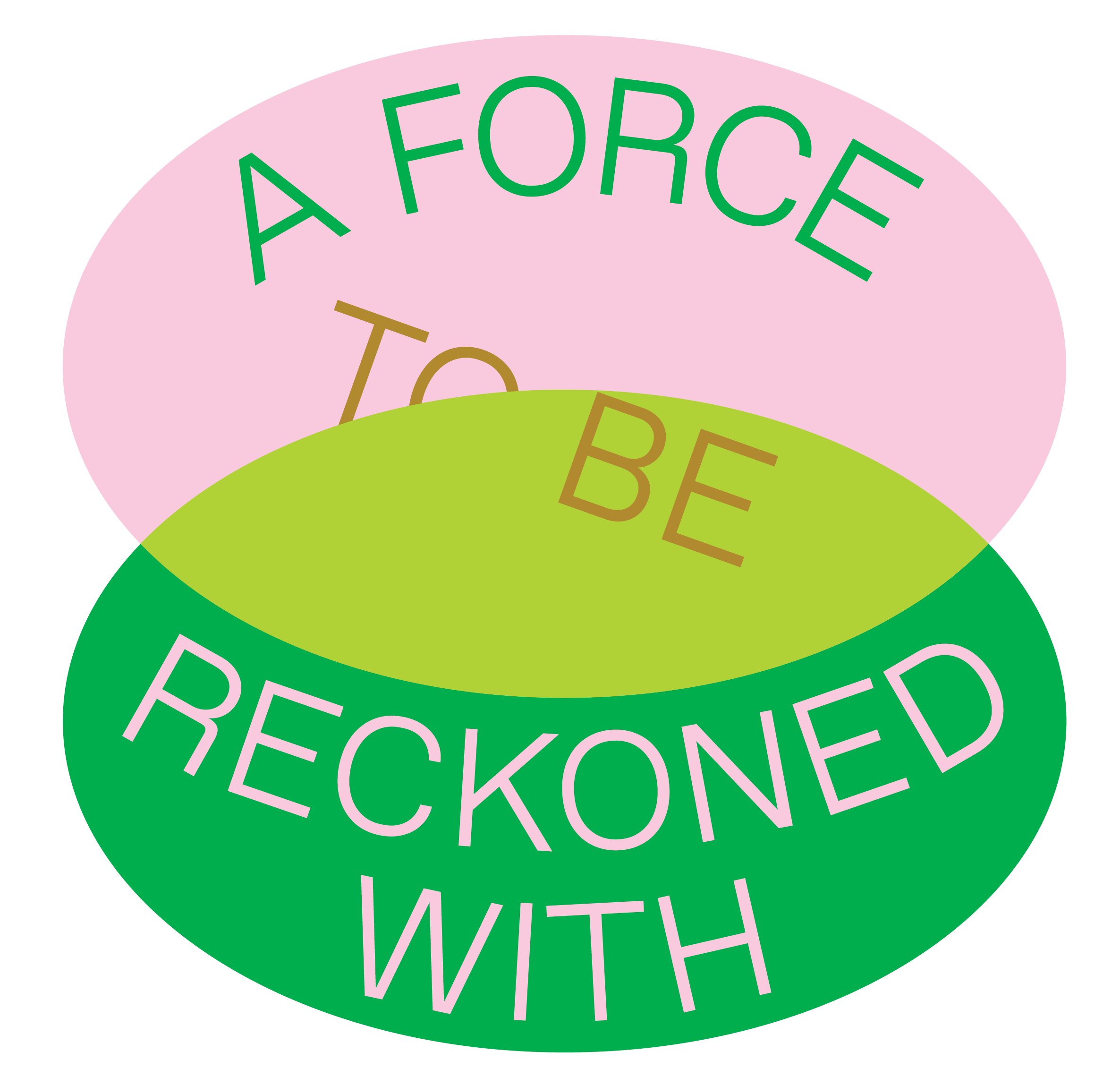WRITTEN BY EMERIE FETZER
It is one thing to perfect one’s craft — a lifelong dedication to practice, growth, and discovery.
Pursuing a professional career in that craft is entirely another beast.
As in any discipline, today’s students seeking work must be equipped with an arsenal of professional skills: from relationship-building, communication, leadership, time management, strategy, and so much more.
Back in 2012, students in the College of Fine Arts (CFA) were already aware of what it was going to take. Their responses to a survey that year revealed a clear call: they wanted a stronger understanding of the work world, and more confidence in facing the transition out of college.
Associate Dean for Undergraduate Affairs Liz Leckie was brand new to her role at the time but seized the opportunity to dig deeper into what this data illuminated. She went on a listening tour, speaking individually with students to brainstorm possible solutions.
“Initially, we knew that students needed help with networking, entrepreneurship, and the business side of the arts,” Leckie said.
Along with a group of motivated interns, Leckie worked all that summer to plan a 2-day conference that would address these topics head-on and offer a concrete starting place for students to prepare for their futures.
Although resoundingly successful, the conference was just the tip of the iceberg. There was so much more to do.
“One of the things that birthed the ArtsForce program was conducting research on the myths that continue to exist in our society about what you can do with an arts degree,” Leckie explained. “Those myths live everywhere: on and off our campus, in families, in people’s heads. It was about dispelling those myths. If students were going to leave and apply for jobs, they needed to be able to explain: why me –– with this degree, this education, and these opportunities in the context of the arts?”
Since its inception in 2013, the CFA’s ArtsForce program has been serving this need. It bolsters coursework with invaluable professional development resources specifically tailored to the unique framework of the arts. Through the program, students learn to articulate the value of their degree, and prepare for the transition to the working world.

Associate Dean for Undergraduate Student Affairs, Liz Leckie (right), with CFA Internship Coordinator, Kate Wolsey (left) (Photo: University Marketing & Communications)
ArtsForce offers diverse programming year-round including regular career treks, where students travel together to local arts organizations and witness firsthand the inner workings of a business and the various positions that support it. ArtsForce Emerging Leaders interns conduct informational interviews with professionals and write articles summarizing major takeaways from their conversations so fellow students can benefit.
A decade later, the conference that started it all is now an annual event where students actively practice networking with folks from all corners of the arts community. The day features panels of professionals (many who are themselves alumni and even past ArtsForce interns!) who share their advice and candidly address burning questions from the crowd.
High-impact practices like these are vital to the success of arts graduates, and there is national data to back it up. The Strategic National Arts Alumni Project (SNAAP) regularly surveys arts alumni nationwide to learn how graduates are using their education and what skills prove most essential in the workforce. Since 2011, alumni of the CFA have been amongst over 200,000 surveyed nationwide.
In conjunction with ArtsForce programming, Internship Coordinator Kate Wolsey supports students in discovering and participating in quality internships that can jumpstart their careers. Since 2018, she also supervises the team of ArtsForce interns.
“In the most recent SNAAP data, we saw over half of fine arts students reported finding internships through their personal networks, and a third of the student internships led to future jobs.” Wolsey said. “If that's what SNAAP is saying, and ArtsForce supports these professional opportunities by teaching students to network with their peers, with their faculty, with people off campus… we're doing the work.”
“We have this national voice that affirms what we've been doing in the college for a decade,” Leckie agreed. “Our data builds out the same way. Our students want the same things, they have the same critiques as those in other institutions. Our students are ready to launch.”
The ever-expanding network of thriving alumni who report that ArtsForce was a major game-changer in their trajectories is further proof that the program brings immense value.
“Year after year, the students I see have the most success after graduation are the ones that can really practice talking to professionals and relationship-building,” Wolsey said.
“More and more, we hear students identifying support structures that have encouraged them to study in the arts. That is a hopeful place to be. Instead of asking “what are your challenges?” We're asking them “Where's your support?” Leckie said.
Involvement with the ArtsForce program has also meant a longer lasting relationship with the College for many alumni. Former interns serve on the Fine Arts Ambassadors, the CFA’s alumni board, participate in networking panels, and advocate for the CFA on community boards and within their organizations.
“We have offered a lot of individual mentorship,
and that's hard to find,” Wolsey said. “As an undergrad, I didn't have mentors. Whenever I work with a student, I am a cheerleader for life. Maybe the way those connections stay alive is that we cheer for them as much as they continue to pay attention and support our roles.”
“ArtsForce doesn’t specifically define one pathway to success, which gives me a lot of hope,” Leckie reflected. “It destigmatizes everything they may have heard about why they can’t do it. Through ArtsForce, they see people who have succeeded and proved the myths wrong.” ■






